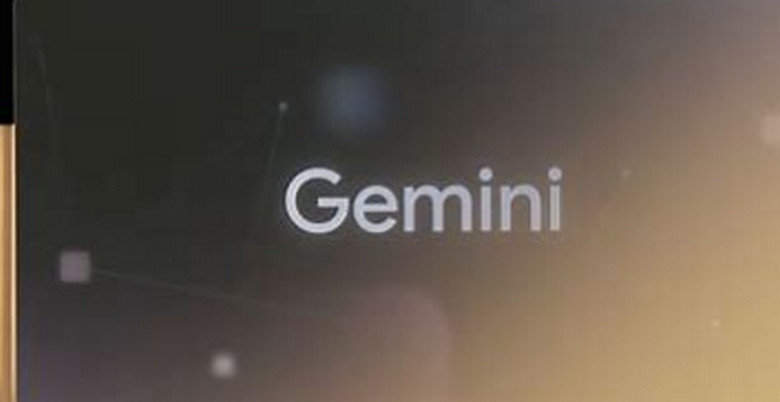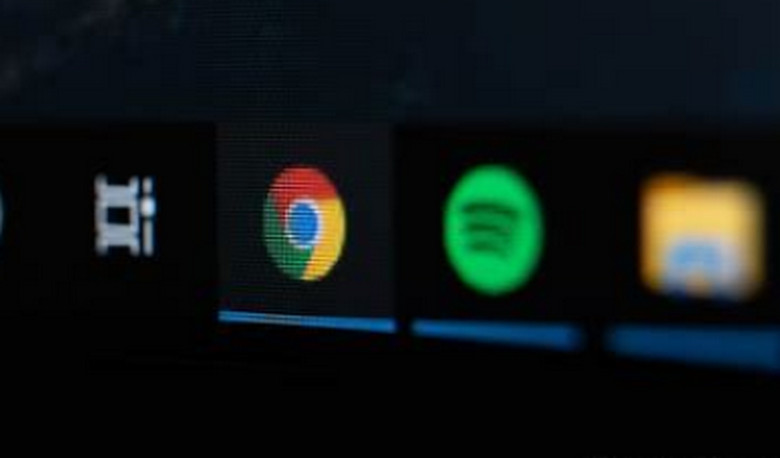With its sophisticated camera features and AI capabilities, the Google Pixel makes it easier than ever to take beautiful night sky photos. This thorough guide will assist you in getting the most out of your Pixel for astrophotography:
1. Comprehending the Mode of Astrophotography
The Google Pixel’s astrophotography feature is intended to capture the splendor of the night sky. This setting brings out details in low light by utilizing lengthy exposure periods and AI advancements. Open the Camera app, select Night Sight, and set your phone down on a flat surface to activate it. When the camera detects a dark situation, the mode will activate automatically1.
2. Required Tools
Despite the Pixel’s strong camera, you can get even better results if you have the appropriate gear:
Tripod: For long exposure photos, a sturdy tripod is essential. It guarantees crisp photos by preventing camera shake.
Remote Shutter: To prevent any movement when hitting the shutter button2, use a remote shutter or the timer feature.
3. Selecting the Appropriate Site
In astrophotography, location is everything. Here are some pointers:
Dark Skies: To lessen light pollution, choose a spot distant from city lights. You may find locations with a dark sky by using apps like Dark Sky Finder.
Clear Skies: To make sure there are clear skies, check the weather forecast. The stars may not be visible to you due to clouds2.
4. Camera Parameters and Methods
Take the following actions to get the greatest photos of the night sky:
Focus manually by setting it to infinity. To focus, tap the down arrow in the Camera app and choose “Far.”
Exposure Time: You can change the lengthy exposure time that the Pixel’s Astrophotography mode automatically sets by adjusting the settings. Although they demand a solid setup, longer exposures capture more light3.
Increased ISO settings increase the camera’s sensitivity to light but also increase the risk of noise introduction. While the Pixel’s AI helps maintain this equilibrium, you can manually change the ISO if necessary1.
5. Writing Advice
To produce striking night sky photos, composition is essential:
Incorporating captivating foreground objects such as trees, mountains, or buildings can enhance the depth and context of your photographs.
Rule of Thirds: To improve the visual appeal of your photos, use the rule of thirds to arrange the horizon and other elements2.
6. After-Processing
Your photographs can be made better by editing them:
Google Photos: To modify color balance, contrast, and brightness, use Google Photos. The AI in the app can also recommend changes to make your photos better.
Lightroom: Apps such as Adobe Lightroom provide more control over color correction, exposure, and noise reduction for more sophisticated editing2.
7. Try Things Out and Get Better
Astrophotography calls for persistence and skill. Try a variety of compositions, places, and settings to see what suits you the best. Don’t let bad outcomes deter you; every try will make you better3.
8. Advanced Methods
If you want to improve your astrophotography, you should think about using these sophisticated methods:
Stacking Images: Take several pictures and arrange them in a stack using software. This method improves detail and lowers noise.
Panoramas: By combining many photos, you can produce panoramic pictures. This can record a more expansive image of the night sky2.
9. Making the Most of Pixel’s AI Potential
The AI powers of the Pixel are revolutionary for astrophotography:
Night Sight: This feature makes stars and other celestial objects more visible in low light images by utilizing artificial intelligence.
Astrophotography option: This option reduces the need for manual adjustments by having AI automatically alter settings to maximize your shots1.
10. Uploading Pictures
After you’ve taken and processed your photos of the night sky, publish them online:
Social media: You can share your images on sites like Twitter and Instagram. To reach more people, use relevant hashtags like #NightSky and #Astrophotography.
Join online forums and communities for photographers to share your work, receive criticism, and pick up tips from other photographers2.
In summary
Taking pictures of the night sky with a Google Pixel is gratifying and easy to do. Its sophisticated camera features, AI powers, and little experience will allow you to produce amazing astrophotography images. To improve your pictures, don’t forget to try out various settings, get the necessary tools, and utilize post-processing techniques. Have fun with your shooting!



